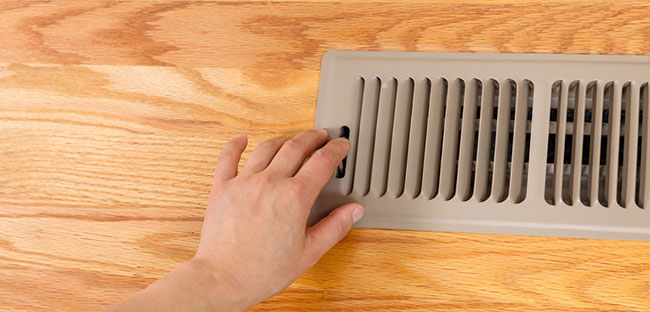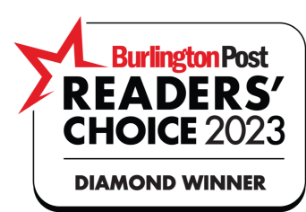Heating, ventilation, and air conditioning ducts don’t always get the attention they deserve. They generally operate in the background of homes and businesses, moving warm or cool air as necessary to keep occupants comfortable. But in addition to directing that air, ducts can accumulate deposits of dust, dirt, and debris. Those pollutants can then end up circulating in the air that you breathe, potentially causing a variety of illnesses. That’s why it’s important to get a proper, thorough job done when you do have your ducts cleaned. Using a professional duct cleaner, and taking advantage of all their specialized equipment, can ensure that the work is done most effectively.

Air duct cleaning has been around since the early 1900s, and the best practices utilized in the industry have evolved over the years, along with the equipment to do the job. We now find ourselves at a moment in time where highly dedicated machinery can offer technicians a number of cleaning options.
Air sweeps
One of the most effective practices for air duct cleaning is what’s known as the air sweep or power vacuum method. Compared to other practices, this one will typically generate the most meticulous cleaning results. That high level of effectiveness does come at a cost, however, and air sweeps are usually the most expensive air duct cleaning method.
Air sweeps involve using a specialized vacuum that sucks nearly all the dirt, dust, and debris from an HVAC network of ducts. Because of the power these vacuums generate, they’re only to be used by qualified professionals; otherwise the vacuum could damage the ducts or other parts of the building.
Contact cleaning
Another good duct cleaning practice is the contact method, sometimes called the point of contact method. This practice is just what it sounds like. A variety of vacuum attachments are used to make contact with the interior surfaces of the air ducts. These attachments take the form of rotating brushes that sweep the dirty surfaces, and extension hoses that suck up loosened pollutants. Since the vacuum used for contact cleaning is not as powerful as the kind used in air sweeps, the cost is generally lower, although the odd bit of dust may remain inside the ductwork.
Source removal
Perhaps the most commonly used air duct cleaning practice is the source removal method. This practice agitates the duct walls to loosen dirt and debris clinging to it. Then an extracting tool is used to gather the grime and remove it from within the ducts.
Preventative measures
In addition to the duct cleaning itself, it’s best practice for technicians to also undertake some duties to help keep ducts in good condition after the cleaning. A chemical substance referred to as a biocide should be applied to the interior walls of the ducts to discourage the growth of bacteria.
Additionally, technicians should examine the joints in the ductwork to check for leaks and seal them up. They should also search the vent system for moisture infiltration and eliminate the cause or causes.
If you don’t remember the last time you had your air ducts cleaned, there’s a good chance that you’re due for an air duct cleaning done by an expert. Contact us and our team of professionals will be ready to help.

